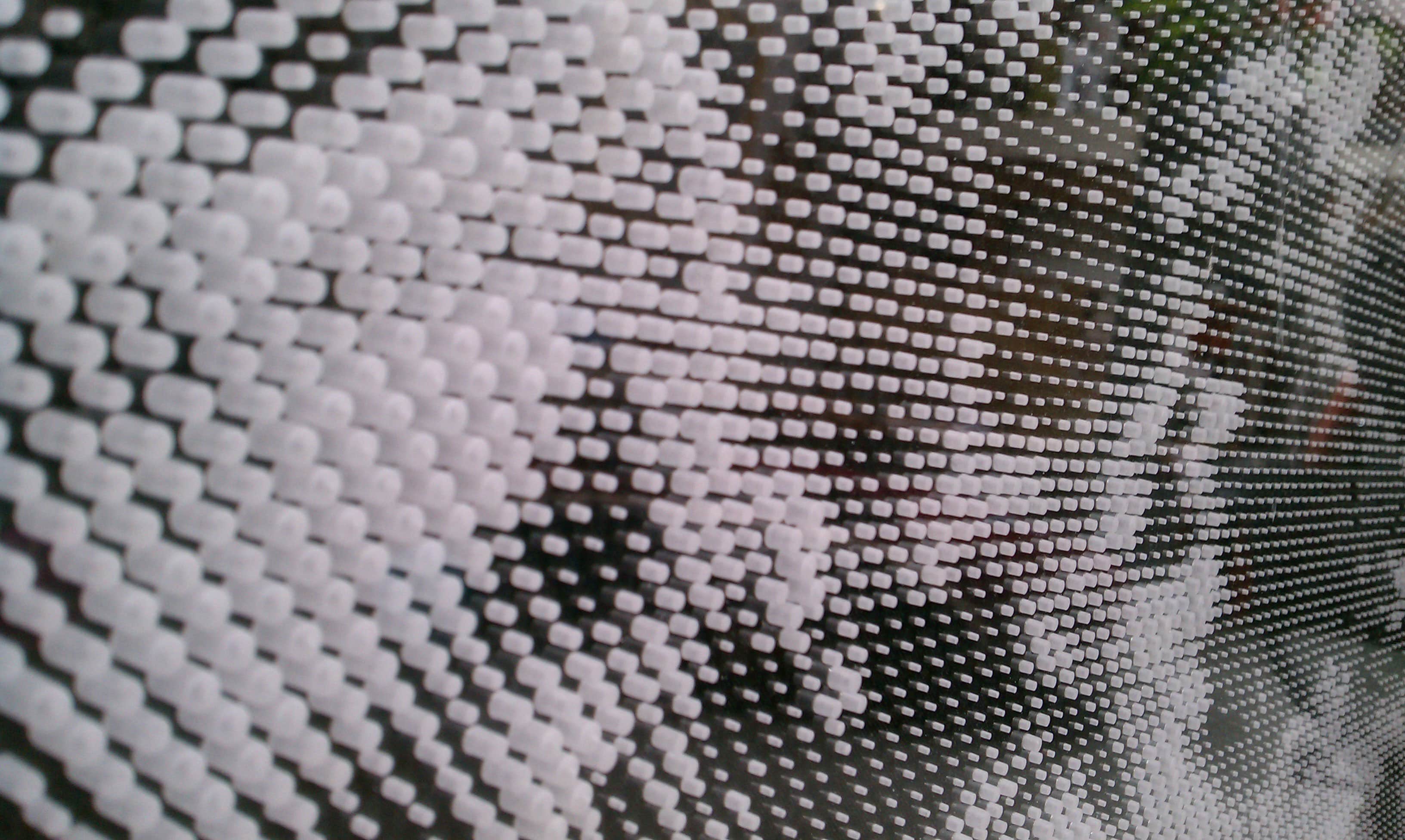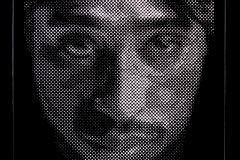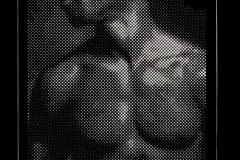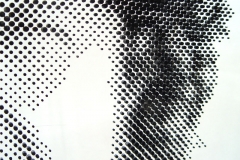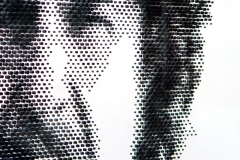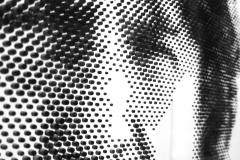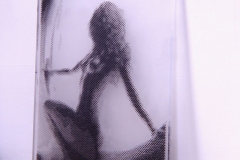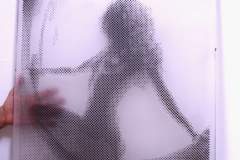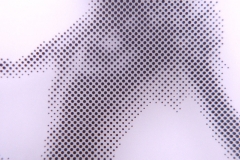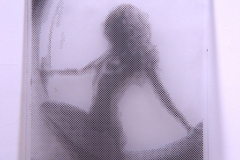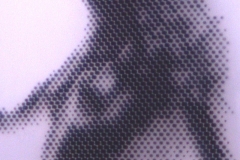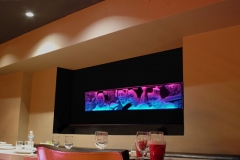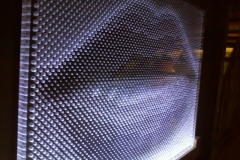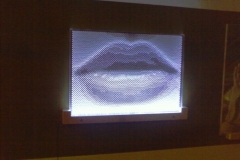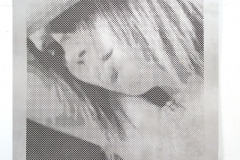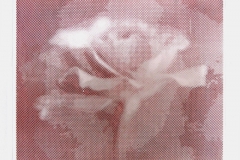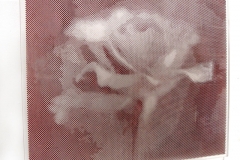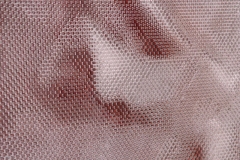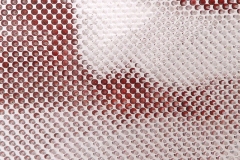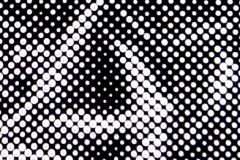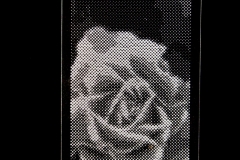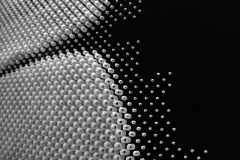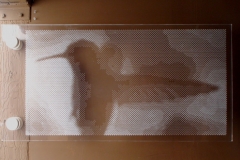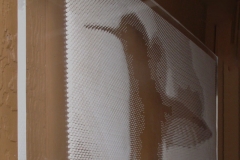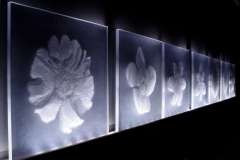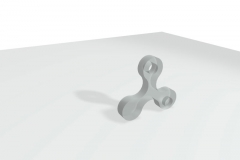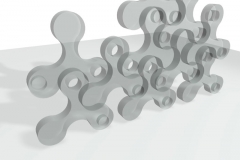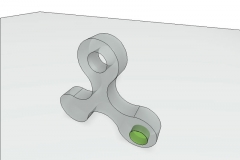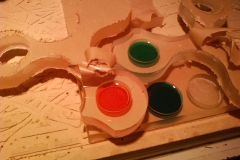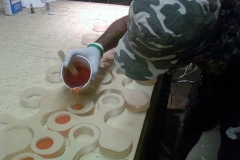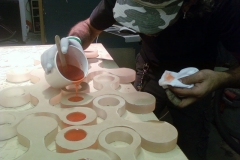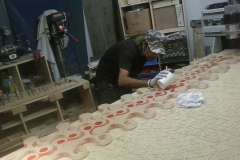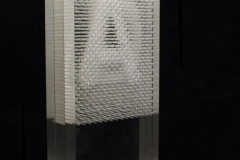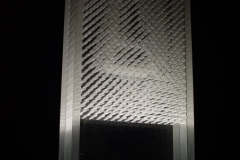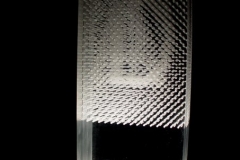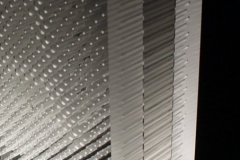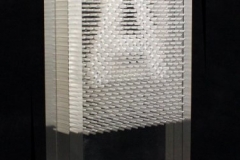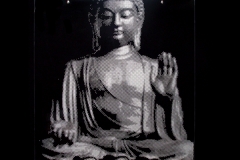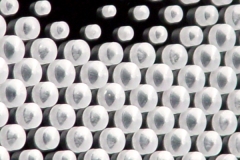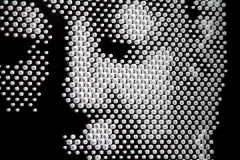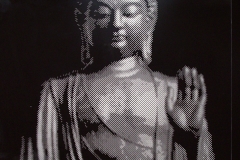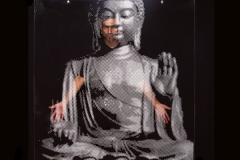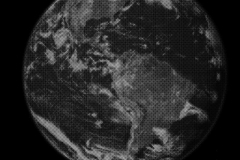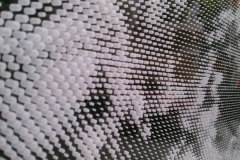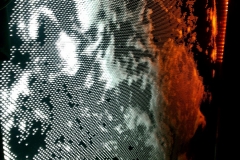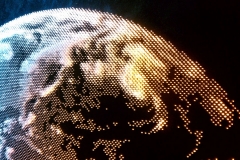
Bio
For the past 25 years, Behn has devoted his professional and academic life to the pursuit of meaningful ways of combining art and technology. Behn received a Bachelor’s Degree in Fine Arts as well as a Bachelor’s Degree in Architecture from the University of Maryland. From there he went on to complete a Master’s Degree in Architecture at UCLA, where he also completed his academic journey and received a Ph.D. in Architecture with a focus on Design and Computation. Previously Behn co-founded Plasis Design, a multi-disciplinary design collective, and is currently the Director for Machine Inspired Art (MIA) Gallery and Studio. He is also an instructor of architecture studio at The California State University in Pomona.
For the past 25 years, Behn has devoted his professional and academic life to the pursuit of meaningful ways of combining art and technology. Behn received a Bachelor’s Degree in Fine Arts as well as a Bachelor’s Degree in Architecture from the University of Maryland. From there he went on to complete a Master’s Degree in Architecture at UCLA, where he also completed his academic journey and received a Ph.D. in Architecture with a focus on Design and Computation. Previously Behn co-founded Plasis Design, a multi-disciplinary design collective, and is currently the Director for Machine Inspired Art (MIA) Gallery and Studio. He is also an instructor of architecture studio at The California State University in Pomona.
Contact Info
530 South Main Street Los Angeles, CA 90013
Email: behn@machineinspiredart.com
Phone: 213.221.7076
530 South Main Street Los Angeles, CA 90013
Email: behn@machineinspiredart.com
Phone: 213.221.7076
